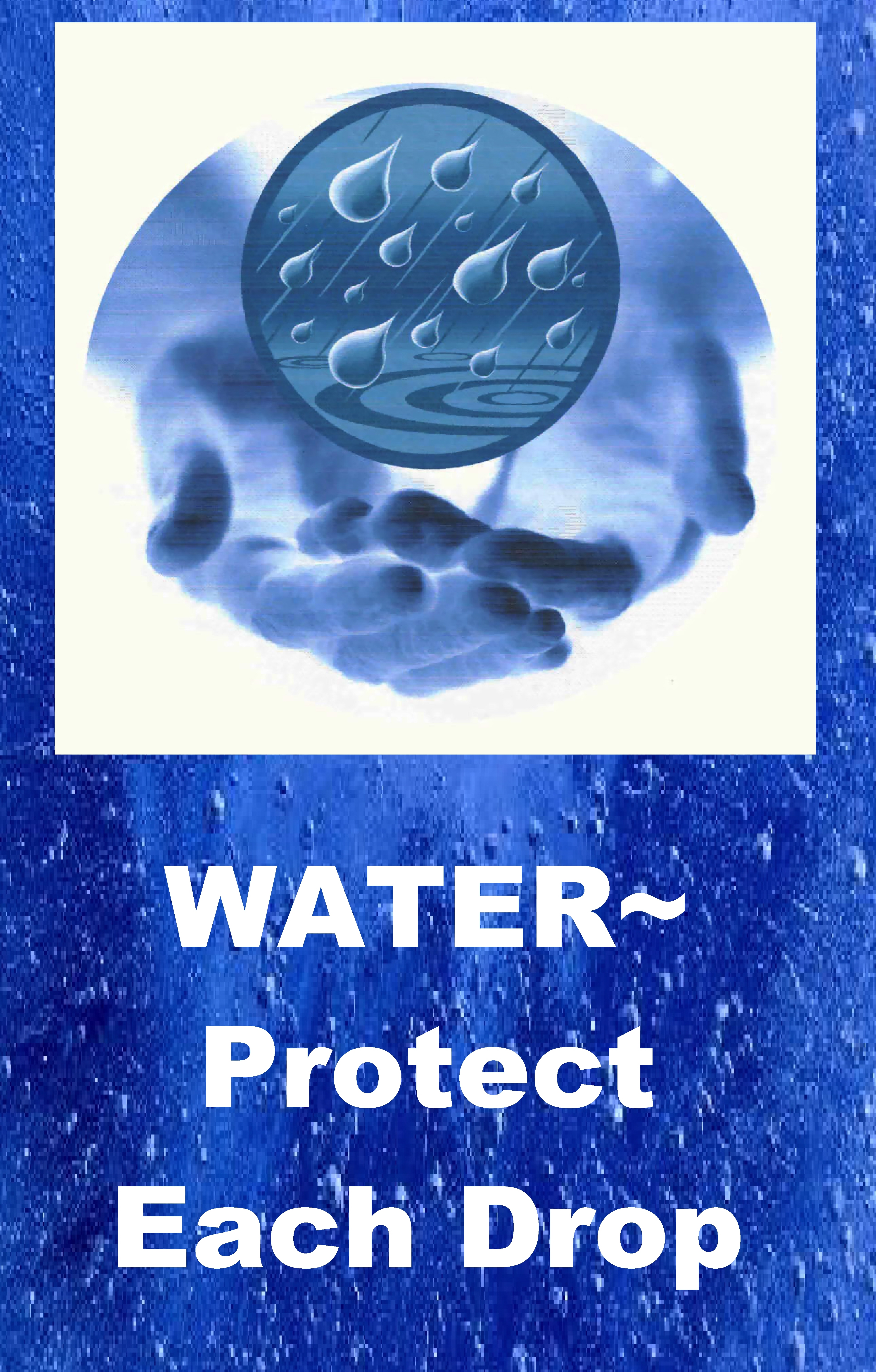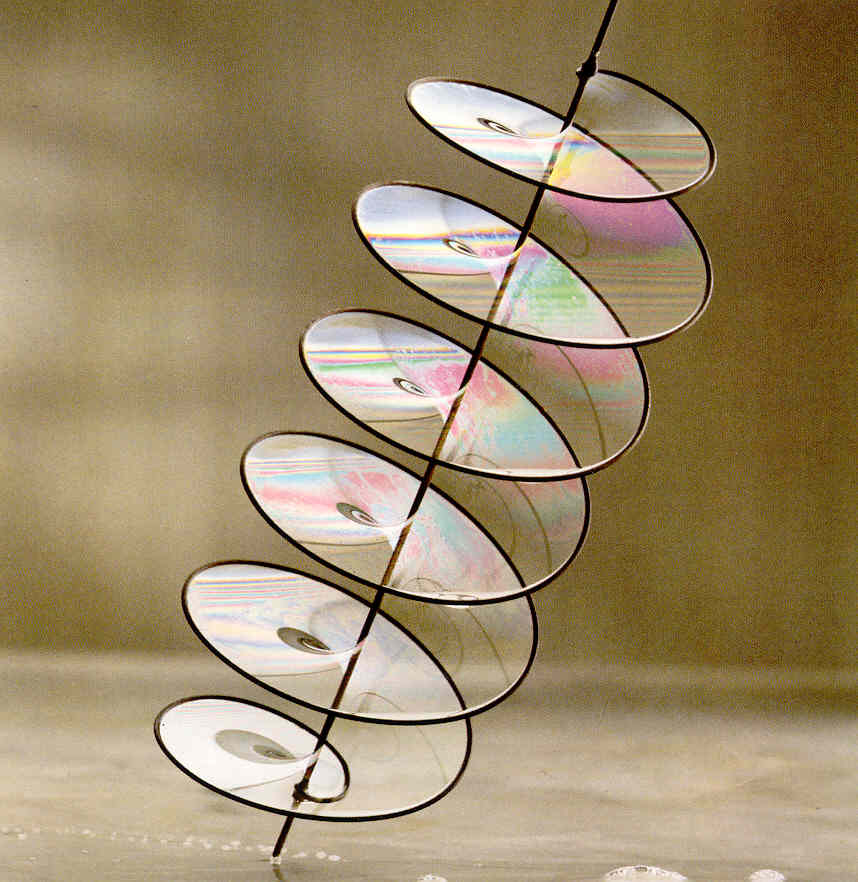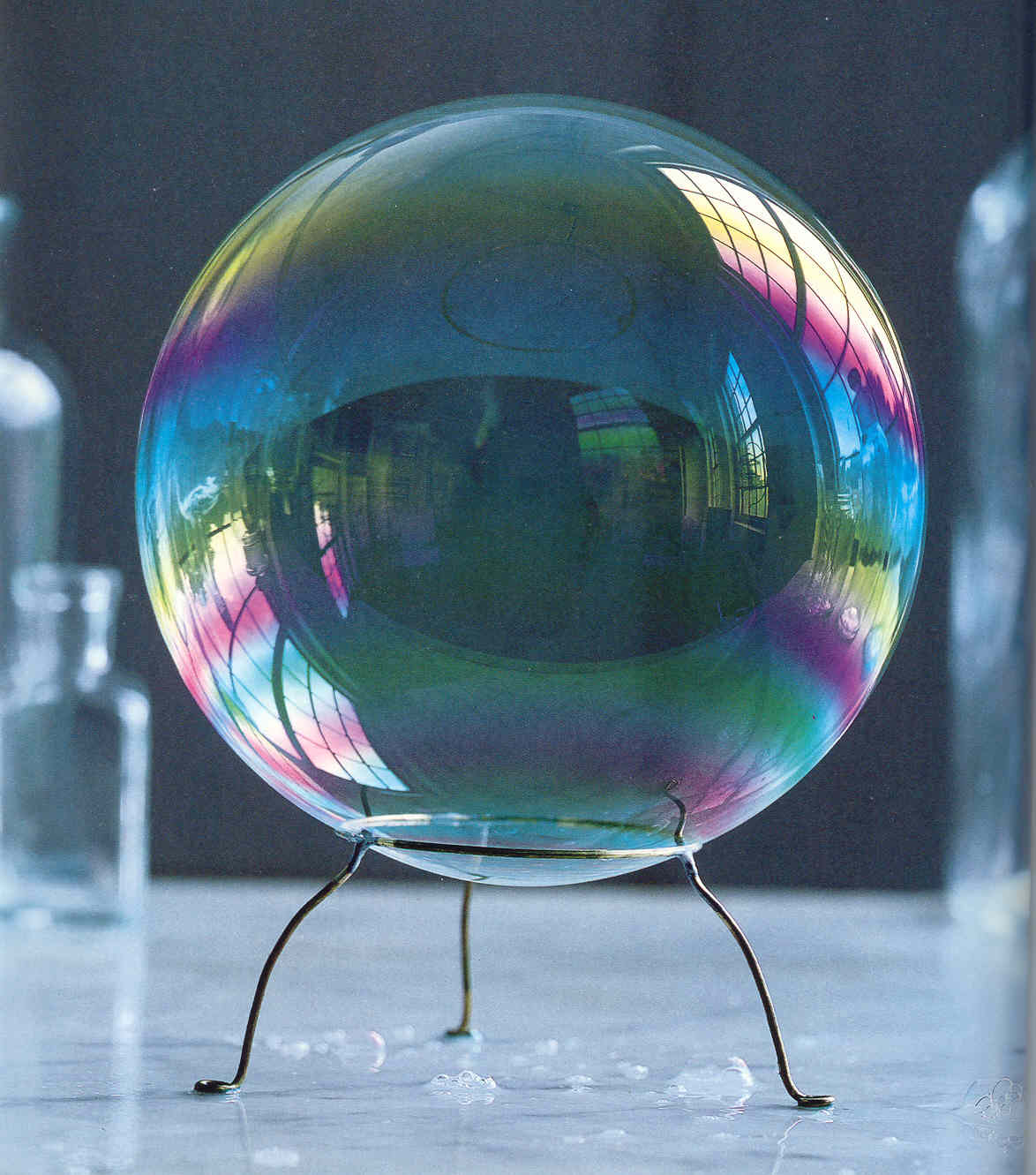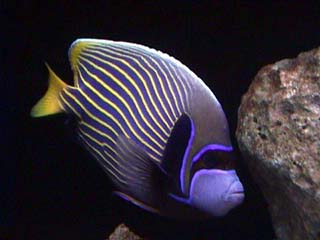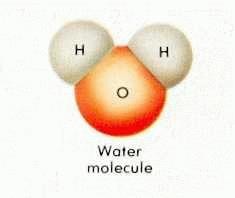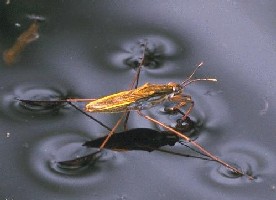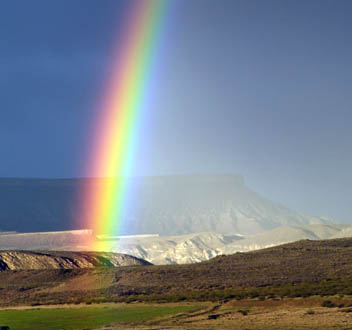WATER is Unique!
- It has no taste or odor and is transparent.
- At 32 deg. F. water solidifies and at 212 deg. F. under standard pressure it becomes a gas, called vapor.
- Water is unique in that it is lighter as a solid than as a liquid, and therefore ice floats in water.
- If water did not have this property, water bodies would freeze from the bottom up and fish life could not survive from one season to the next.
- Water is virtually incompressable also!!
- Water cycles through all its forms within the water cycle.
- We currently have as much water on this earth as there was when the Earth and seas were created.
- It is made of only two elements: Oxygen and Hydrogen
- It is the only substance that occurs naturally in all three physical states: solid, liquid and gas
- It is odorless, colorless and tasteless
- It is within all living materials.
- Humans are mostly composed of water.
- Humans loose water through perspiration, respiration and elimination
- Plants loose water through transpiration.
- Water is essential to life. It is the most abundant, unique and important substance on Earth
Why is Water so Important??
Rain...Rain....Rain!
All the water on Earth comes from precipitation through the water cycle. Precipitation, mainly in the form of rain or snow, varies greatly in Texas. El Paso for example, averages about eight inches each year while places along the Texas-Louisiana border average 56 inches.
- Historical records show the variable rates and magnitude of rainfall across the state:
- Precidio, in West Texas had only 1.6 inches of rainfall in 1956.
- Clarksville, in Northeast Texas experienced 109 inches of rainfall in 1873.
- The most rainfall in a single day was 29 inches in Albany in North Central Texas in August of 1978.
- From 1950-1956, Texas experienced a drought so severe that 94% of its counties were declared national disaster areas. It ended with serious flooding in 1957.
- Flash floods between the West Texas towns of Sheffield and Langtry, in June of 1956, produced an 86 foot high wall of water that tore down the Pecos River Canyon.
Water is an ever changing resource, it is very limited and we need to protect each drop, rain or shine!
WATER and Capillary Action...the Motion of LIFE!
What is capillary action? You probably remember it from Chemistry class in school. It is very important to life and it has to do with water and it's properties. Capillary action is important for moving water (and many other things that are dissolved in it) around. It is defined as the movement of water within the spaces of porous material due to the forces of adhesion, cohesion and surface tension.
Capillary action occurs because water is "sticky"--so to speak. Water molecules stick to each other and to other substances, such as glass, cloth, organic tissues and soil. Dip a paper towel into a glass of water and the water will climb onto the paper towel. In fact, it will keep going up the towel until the pull of gravity is too much for it to overcome.
Think about this...
- When you spill a glass of milk (which is mostly water) on the kitchen table you rush to get a paper towel to wipe it up. First you can thank surface tension which keeps the liquid in a nice puddle on the table, instead of a thin film of milky goo that spreads out onto the floor. When you put the paper towel onto your mess, the liquid sttaches itself to the paper fibers.
- Plants and trees couldn't thrive without capillary action. Plants put down roots into the soil which are capable of carrying water from the soil up into the plant. Water, which contains dissolved nutrients, gets inside the roots and starts climbing up the plant tissue. As water molecule #1 starts climbing, it pulls up water molecule #2, which pulls up molecule #3 and so on.
- Think of the tiniest blood vessels in your body--your capillaries. Your blood is mostly water and capillary action assists the pumping action of your heart to help keep blood moving in your blood vessels.
(Information courtesy of the USGS.)
Why Conserve WATER??
Texas' fresh water supplies are already 75 to 80 % developed. The more efficiently we use our precious water resources through water conservation and reuse holds a major potential to both preserve and extend our limited water supplies and to save Texan's real money.
The largest saver is you, the customer. If each one of us reduces our water usage by 10 to 15 % we can save our water and sewer rate payers billions of dollars over the next 50 years.
Conservation needs to begin with each individual, no matter who you are, how old you are and where you live...water is too precious to waste.
Watershed Protection: Water Protect Each Drop: A service of Alamo RCD Area Inc.

